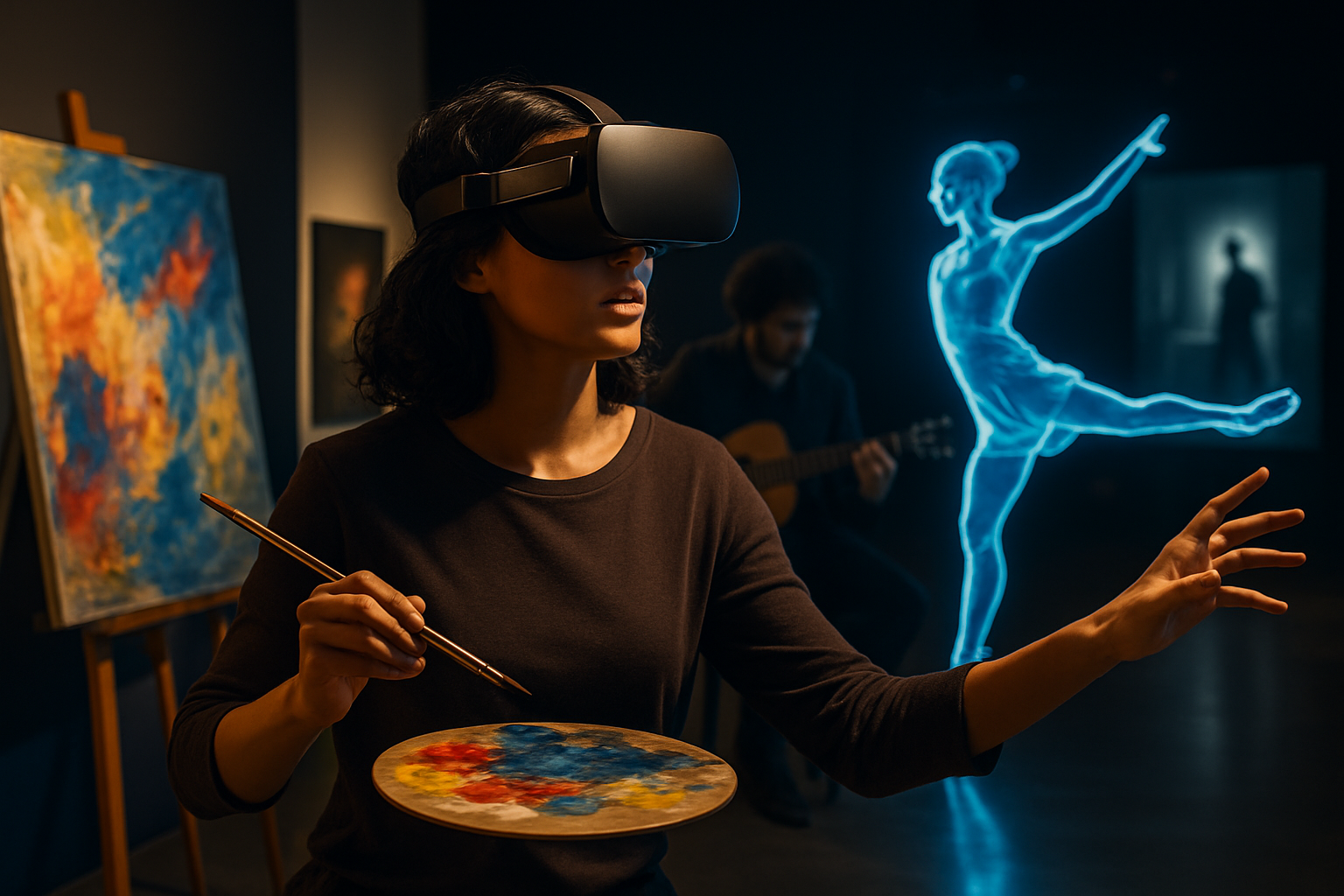Emerging Powerhouses: The Rise of Wearable Medical Devices
In the dynamic world of technology, a new era is unfolding. The rise of wearable medical devices is reshaping healthcare—creating a fusion of technology and medicine that could revolutionize our approach to personal wellbeing. We're diving into this intriguing trend to explore its background, potential, and latest developments, as well as its prospective impact on the market.

The Distant Past, The Near Future: Wearable Medical Devices
The concept of wearable medical devices isn’t new. The history of these devices stretches back to the invention of eyeglasses in the 13th century. However, the advent of digital technology has given rise to a new breed of wearable devices that far surpasses their analog ancestors. Today’s wearable medical devices, fitted with advanced sensors and powered by artificial intelligence, are capable of monitoring vital signs, tracking physical activity, and even delivering medication.
New Developments: Melding Medicine and Technology
The wearable medical device landscape is rapidly evolving, with new innovations continually emerging. A notable recent development is the invention of a wearable device that uses biofeedback to help manage stress. This gadget monitors heart rate variability, a key indicator of stress, and provides real-time feedback to the user.
Product Spotlight: Wearable Insulin Pumps
A standout within the realm of wearable medical devices is the insulin pump. Designed to provide continuous insulin delivery for diabetics, these wearable devices offer an alternative to multiple daily injections. While the cost of these devices can range from $4000 to $7000, the potential benefits—improved glucose control, fewer injections, and greater flexibility—can make them a valuable investment for many individuals.
Impact on the Market: A Surge in Demand
The market for wearable medical devices is projected to reach $27 billion by 2026, indicating a growing demand for these products. This surge is driven by factors including an aging population, rising healthcare costs, and an increasing focus on preventive care. Moreover, the COVID-19 pandemic has underscored the value of remote monitoring, further propelling the market growth.
Shaping the Future of Healthcare
As wearable medical devices continue to evolve, they hold the potential to redefine healthcare. By enabling continuous health monitoring and facilitating early intervention, these devices could usher in an era of proactive, personalized healthcare. Although challenges remain—particularly around data privacy and accuracy—there’s no denying that the rise of wearable medical devices marks an exciting new chapter in the intersection of technology and medicine.
In this tech-driven world, wearable medical devices stand as a testament to the incredible innovation that can occur when we merge different fields. And as we move further into the 21st century, their influence will undoubtedly continue to grow, shaping our approach to healthcare and personal wellbeing for years to come.





